Peru Flag Meaning
A vertical triband of red, white, and red. The civil flag is a simple triband, while the state flag includes the national coat of arms in the center white band. The design reflects Peru’s struggle for independence and its natural richness.
- Continent
- South America
- Adopted
- 1825
- Ratio
- 2:3
- Colors
- red, white
- Designer
- General José de San Martín
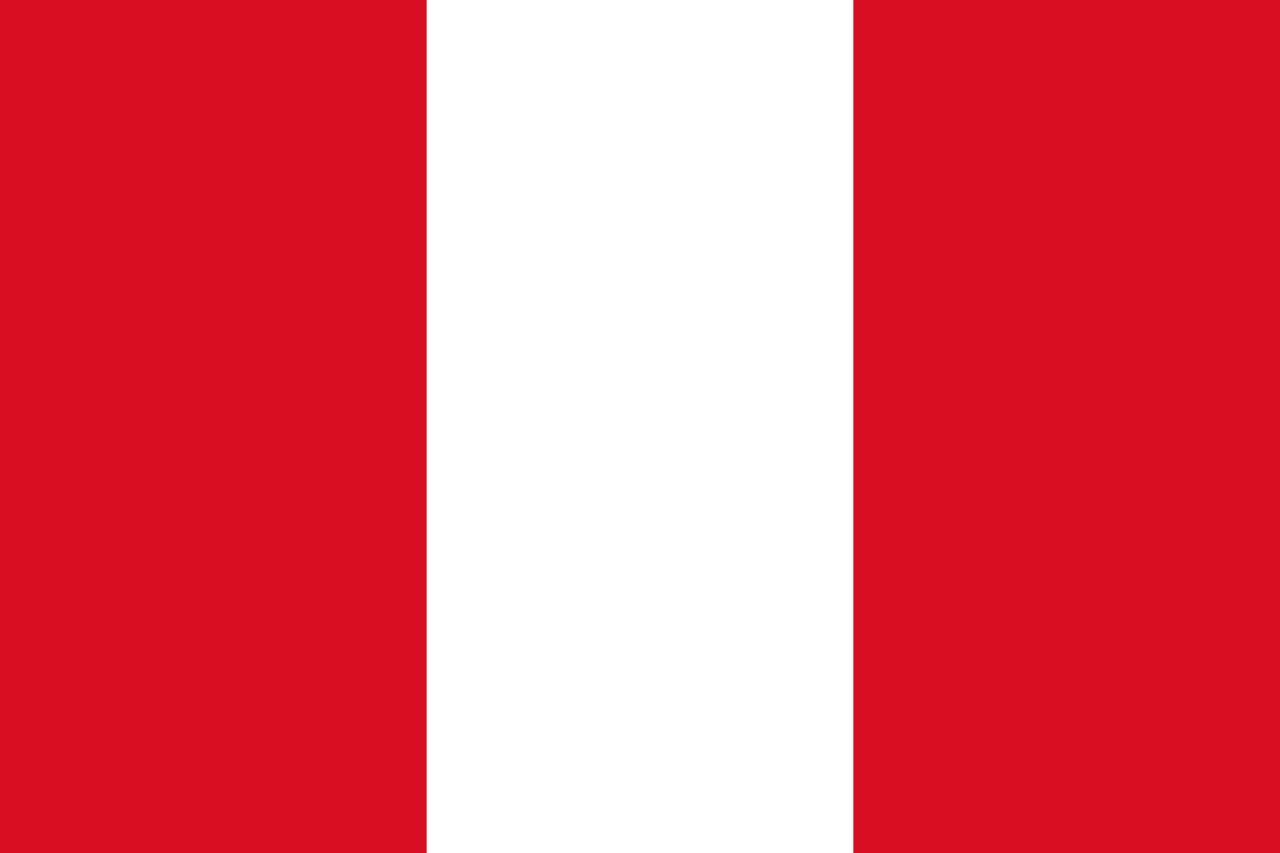
Symbolism
Red Stripes: Represent the blood shed for independence and courage of the Peruvian people.
White Stripe: Represents purity, peace, and justice.
Coat of Arms (State Flag): Features a vicuña, cinchona tree, and cornucopia symbolizing fauna, flora, and mineral wealth.
History
- 1820: José de San Martín declared Peru’s independence and designed the first flag, with red-and-white colors chosen to symbolize liberty.
- 1822: Several variations of the flag were used during the early republic.
- 1825: The current triband was established by Congress as the official national flag.
- 20th Century: Different versions of the flag were standardized for civil, state, and naval use.
Trivia
- Peru has two official flags: the plain triband (civil flag) and the coat of arms version (state flag).
- The coat of arms includes a cornucopia spilling coins, symbolizing mineral wealth.
- The flag’s red and white were said to be inspired by flamingos San Martín saw while landing in Paracas.
- The national day of Peru, 'Fiestas Patrias,' is celebrated on July 28–29, when the flag is prominently displayed.
- Peru’s national football team wears the flag’s red-and-white colors as a sash across their jerseys.
Related Countries

Ecuador
South America
Three horizontal stripes with yellow taking the top half and blue and red each taking a quarter, featuring the national coat of arms in the center, representing the abundance of the land, the sky and ocean, and the blood shed for independence.
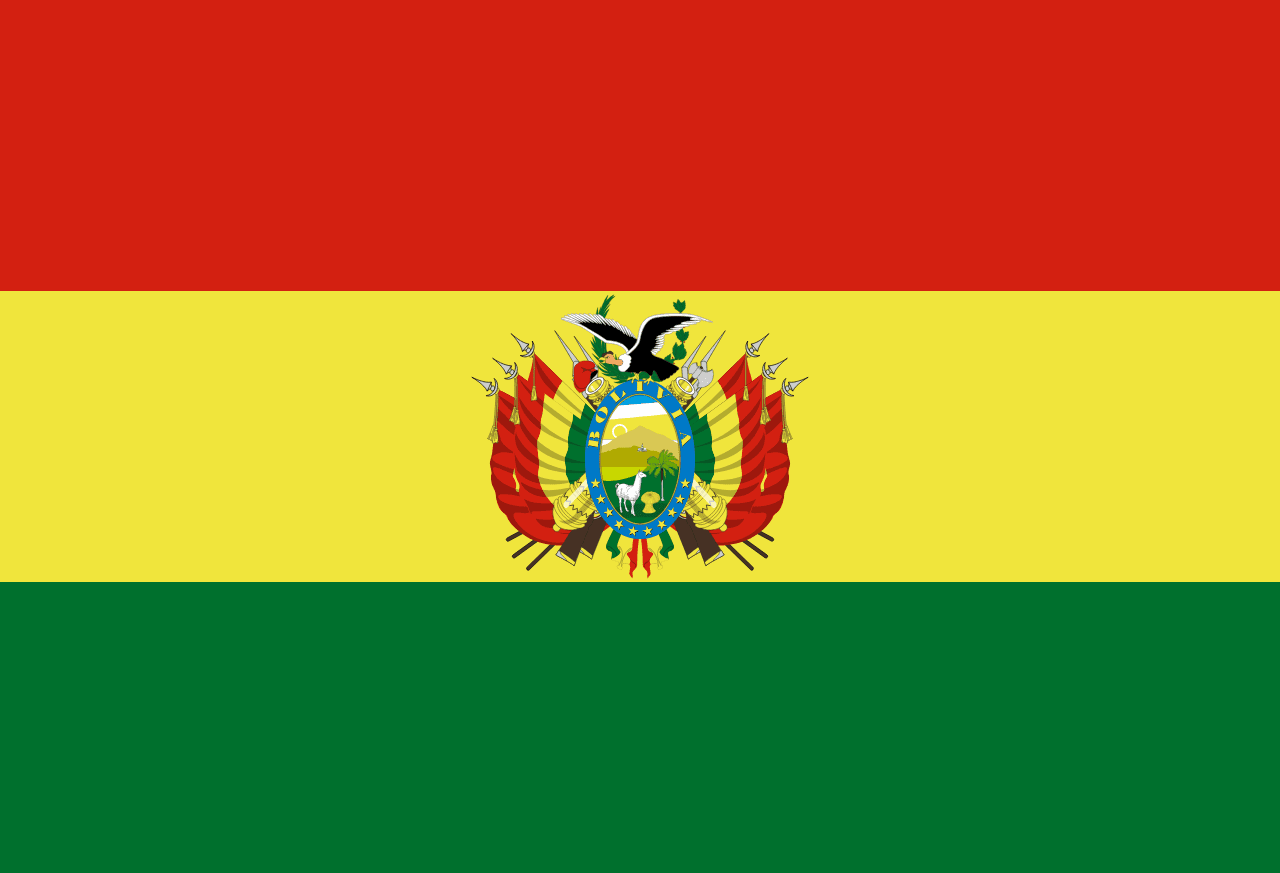
Bolivia
South America
Three horizontal stripes of red, yellow, and blue, with the national coat of arms centered on the yellow stripe in the state flag, representing the valor of the army, the mineral wealth of the nation, and the sky and sea that Bolivia once possessed before losing its coastline to Chile.

Colombia
South America
Three horizontal stripes with yellow taking the top half and blue and red each taking a quarter, representing the golden wealth of the land, the seas and rivers, and the blood shed for independence from Spanish rule.
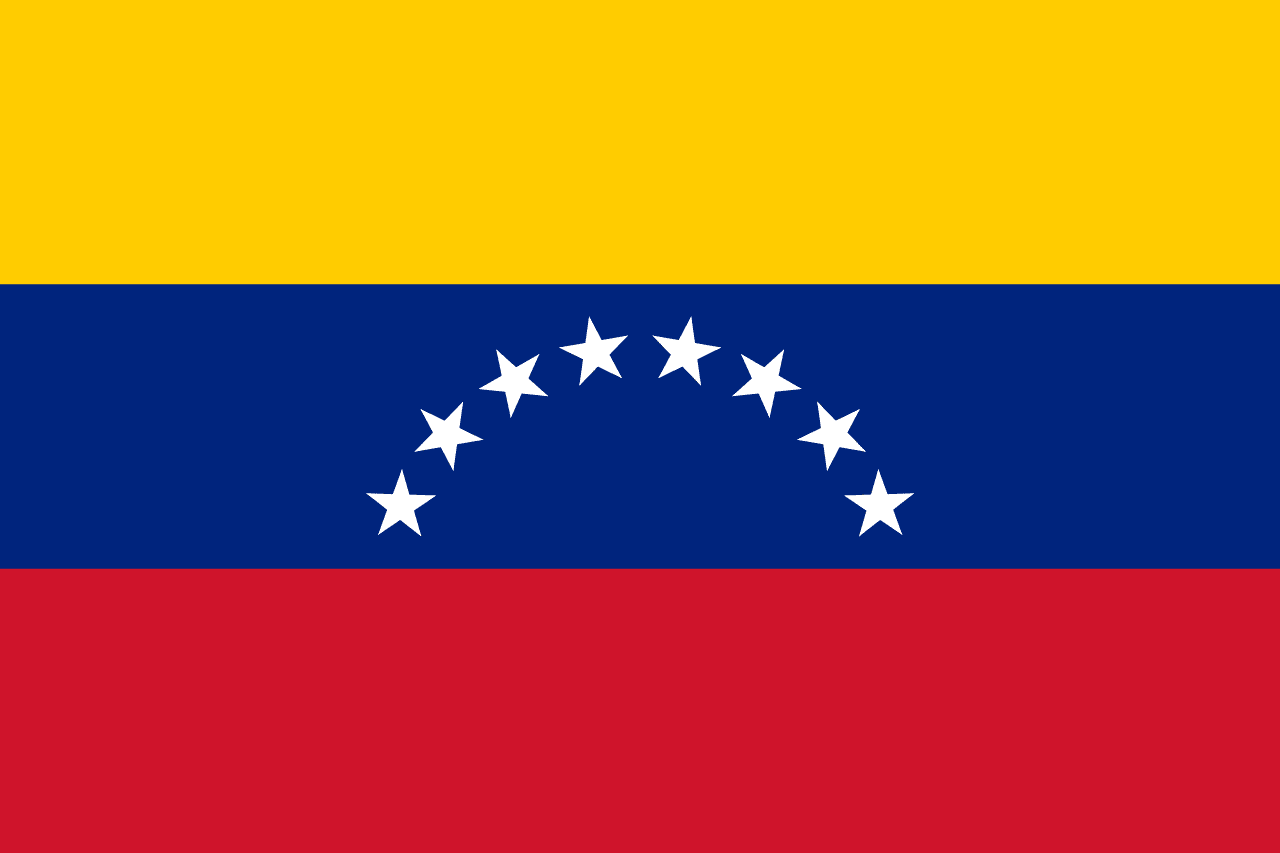
Venezuela
South America
Three horizontal stripes of yellow, blue, and red with eight white stars in an arc on the blue stripe and the coat of arms on the upper hoist corner, representing the wealth of the land, the seas separating Venezuela from Spain, the blood shed for independence, and the eight original provinces that declared independence.
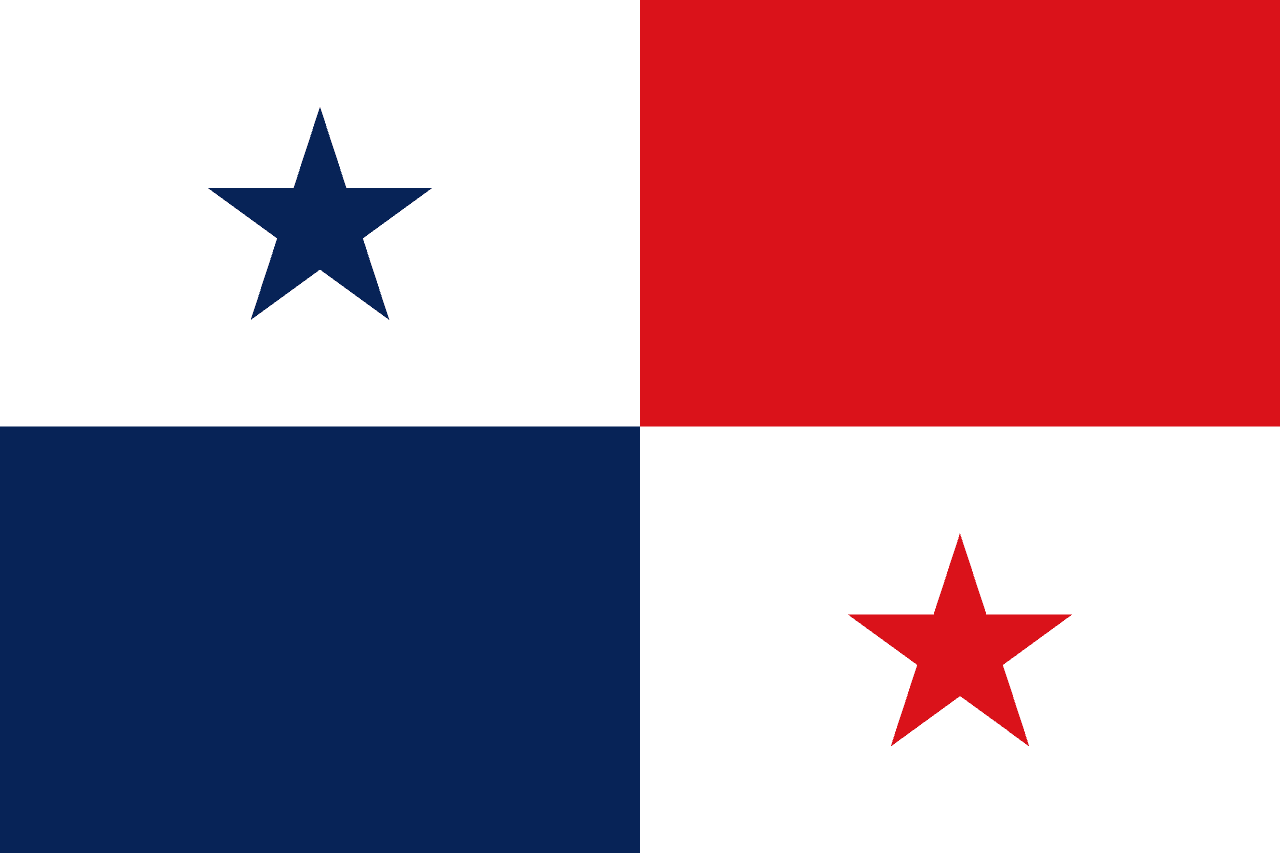
Panama
North America
Quartered flag with white and blue star in top left, red in top right, blue in bottom left, and white with red star in bottom right. The design symbolizes political balance and the ideals of peace and progress.
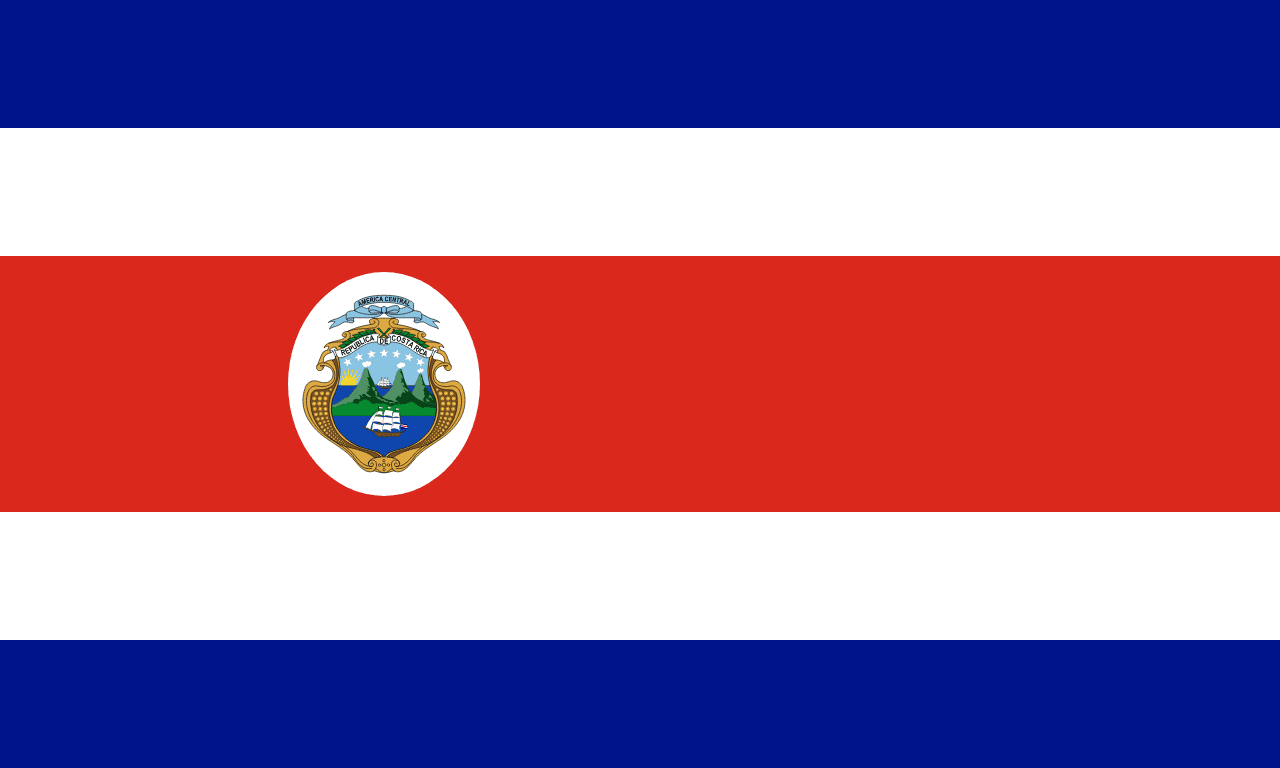
Costa Rica
North America
Five horizontal stripes with blue at top and bottom, white stripes below and above the central red stripe, and the national coat of arms on the red stripe, representing the sky and opportunities, peace, and the warmth of the Costa Rican people.